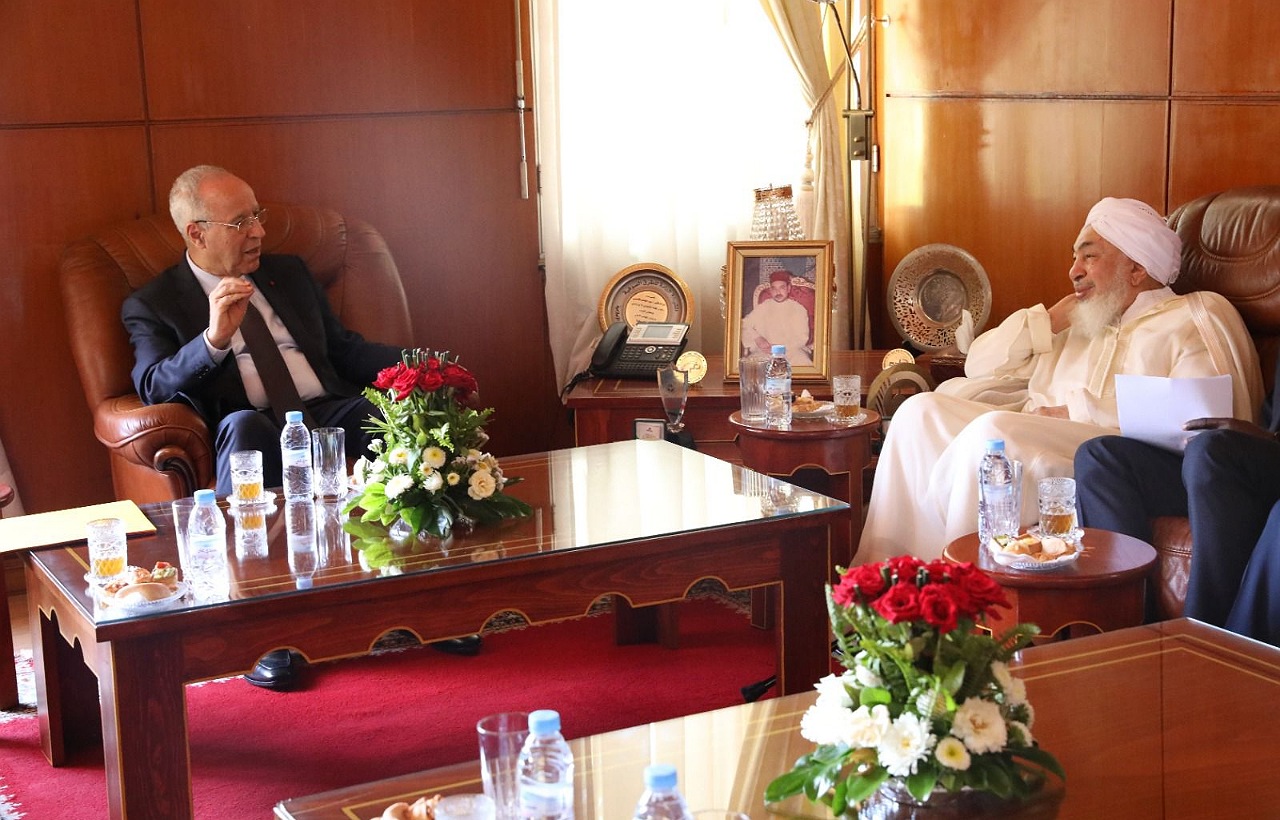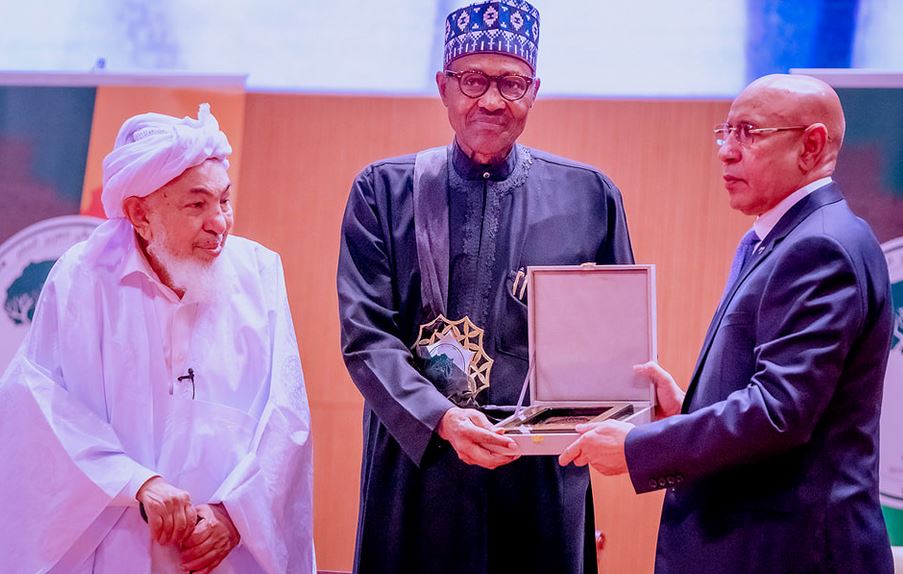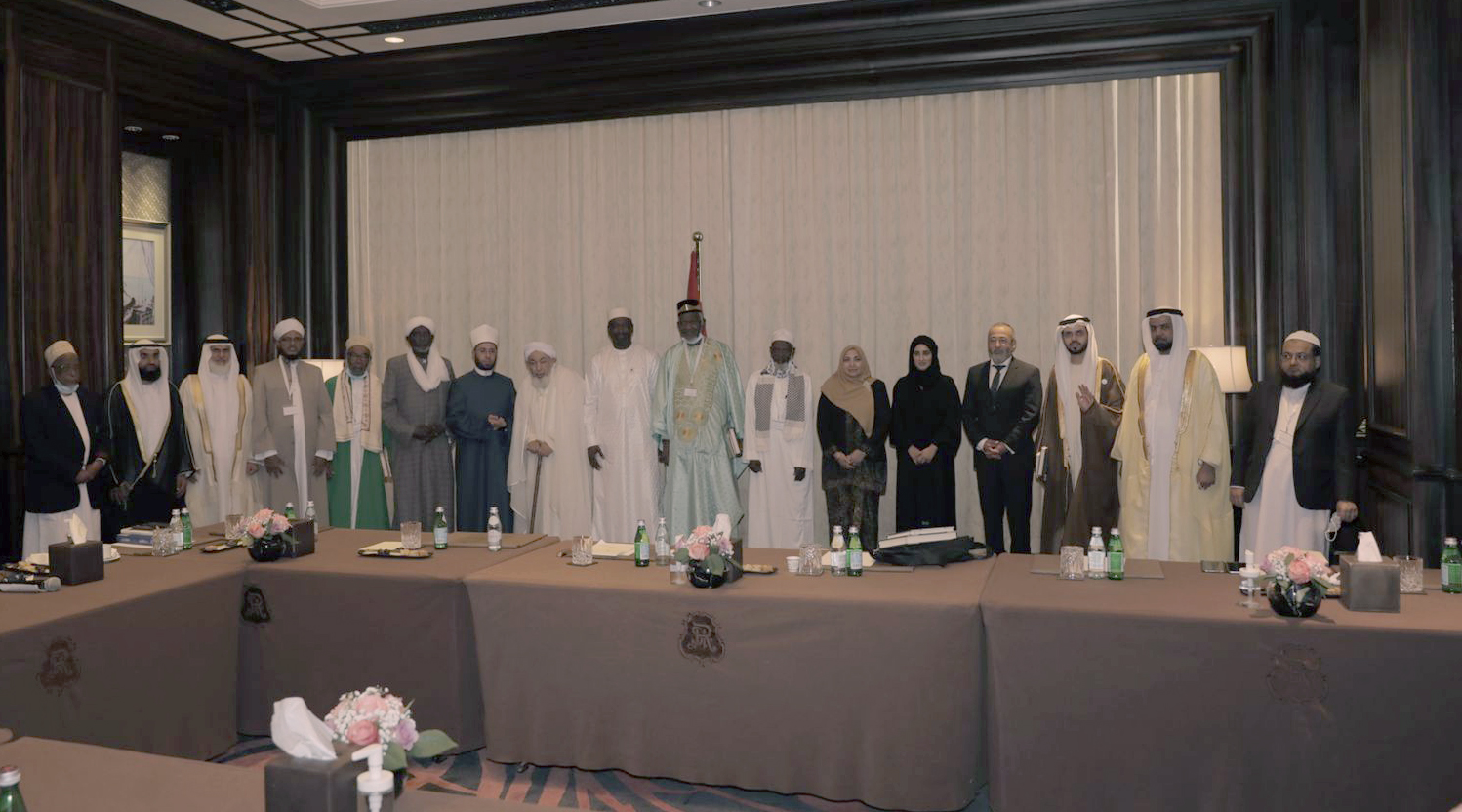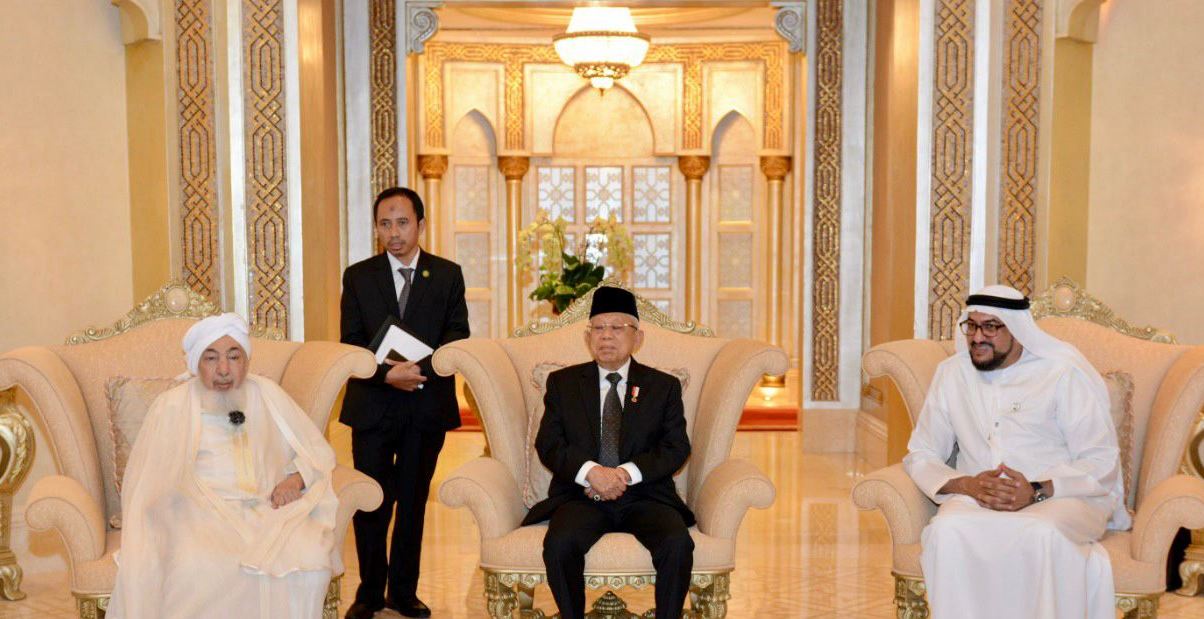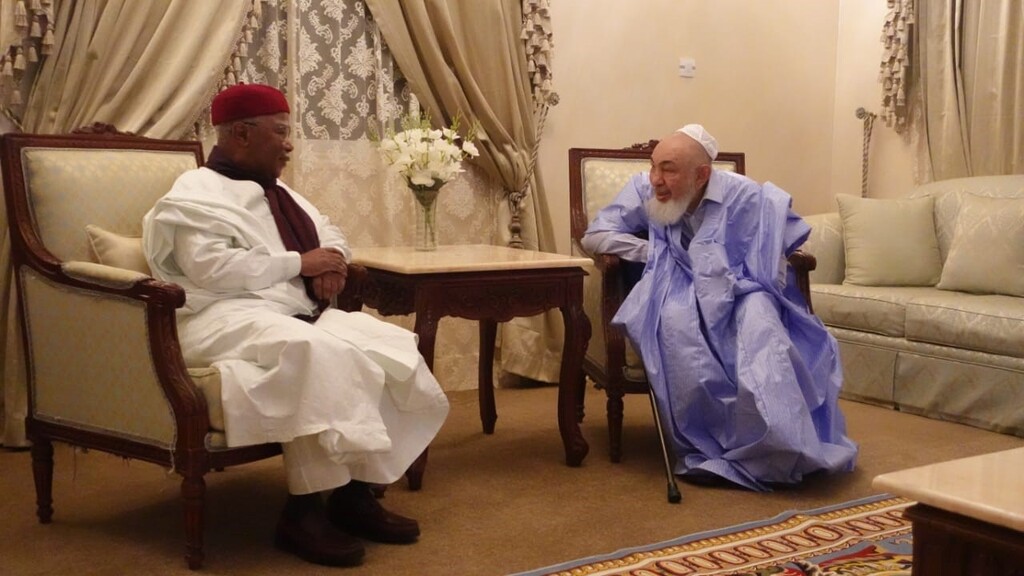The Conditions for Success in Communication and Dialogue
We mentioned in the previous article that the process of communication tries to overcome psychological and cultural barriers to extend bridges between civilizations. It looks to provide alternatives for the perpetual and sterile conflict that we find ourselves in. We pointed out that achieving this requires five steps. We will mention some of these steps in this episode of articles dedicated to the treatment of the problem of communication between Islamic civilization and other civilizations. So, what are some of these steps? We summarize some of them below.
The first step is to convince the parties who hope to communicate, or who are still hesitant, that there is no substitute for dialogue. Both parties must be persuaded that wars and mutual hatred can be replaced by peace and harmony. Wise men must behave accordingly by replacing enmity with channels of communication. When consciences recover from tyranny and souls recover from vanity there is an opportunity to take advantage of globalization by exchanging the manufactured with natural products, as well as intellectual, literature, legal and philosophical products. In this era of shrinking distances and globalization of communication, transportation and technology, none will win through war or the process of instability and threat. The victorious party will also lose. The awareness of this fact will be the first step to dialogue.
The second step concerns goals and objectives. The linking of communication and dialogue with goals and objectives will organize the process and steer the path to communication; even though the path may appear crooked. On the contrary, the idle and undetermined dialogue, which has no goal or purpose, is just dialogue for dialogue’s sake. It might be acceptable at the beginning of the road to explore arenas of communication and clarify aspects of its problems. But it should not be permanent, rather, the interlocutors must seek certain stations to reach, which attract and push them to reach their goals, thereby making difficulties easy and enabling them to overcome obstacles. Therefore, this regulation is central in the process of communication and exchange that prevails in the global arena.
The third step is the recognition of diversity to reach mutual understanding and achieve harmony. Such recognition is the most important factor for dispute resolution. Thus, it may be convenient to refer to some differences in morals, such as the difference of origin or differing concepts of public order, the latter of which is a custom that determines good and bad conduct in any society.
Due to the importance of the Public Order Theory in the disputable intellectual cases and its consequent results, we will explain this briefly on the next occasion, in addition to the remainder of the steps.
